At the end of our trip through Peru, we visit one last highlight: Lake Titicaca. Or is it not the end of our trip through Peru? At the moment, we are still a little torn as to whether we should continue from Lake Titicaca towards Bolivia or take the somewhat safer route directly to Chile. That remains to be seen. In any case, we are now exploring Lake Titicaca from the Peruvian side.
Lake Titicaca – a natural peculiarity
On the one hand, the enormous size of Lake Titicaca is impressive; the lake looks like an ocean at over 3000m. After all, its surface area is 15.5 times the size of Lake Constance, for example. We can’t see the other end of the lake from one end. What’s more, we are first in Puno on the west coast of Lake Titicaca. Puno is located on Lake Titicaca behind a strait and from here Lake Titicaca looks like a small lake. However, the actual lake only begins behind the headlands that form the strait. The entire lake is about 178 km long and 77 km wide. Enormous for a lake at this altitude. There are various larger islands in the lake, and a region with special artificial islands. We learn the origin of the name directly from an indigenous person: in the indigenous language Aymara, Titi means puma and kaka or caca means gray, lead-colored. In other words, “gray puma”. However, the story goes even further: with a little imagination, the shape of the lake is shaped like a puma attacking a smaller animal, such as a guinea pig. So that’s another clue. And finally, on the Island of the Sun in Lake Titicaca there is a sacred rock called Titicala, which is also said to be a word related to the name of Lake Titicaca. In any case, the name is not accidental and certainly not obscene, as obvious comparisons with German words might suggest.
The next special feature is that the lake lies at an impressive 3,812 meters above sea level, making it the highest navigable body of water.
Uros – the artificial floating islands
Today, the artificial floating islands are a tourist attraction in their own right. Originally, the islands were created by the Uros people as a defensive measure to protect themselves from the Incas. Today, the artificial islands attract tourists from all over the world and provide a change of life for the indigenous population. The attraction is so impressive that we also decide to take a boat trip to Uros, the tourist part. We speak to a local family in a small village next to Puno. We got lucky, the young man will take us out on his boat to the artificial islands. Great – that way we can avoid the larger tourist groups – or so we assume.
On one of the islands, we get an insight into life on the artificial islands. It is said that around 2,000 people live on the 140 or so artificial islands. Whether this is true, or whether they more like 140 islands selling souvenirs, we cannot be absolutely certain. On the island we visit, there is a water tank installed on the small house and also a solar panel. Installations that would probably not be worthwhile if the people did not also live here.
We first learn something about the construction of the islands. The floating part of the islands are not woven reeds, but the roots of the totora reed. Plates of totora reed roots, i.e. blocks of earth on and in which the totora reed grows, have to be brought from a distance of around 8 km. At the place where the new island is created, the root plates are tied together again. After a while, the slabs grow together, which provides a more stable foundation for the island. Then many layers of reeds are laid on top to distribute the pressure, which contributes to a springy feeling when walking on the island. The solid structures must also be supported with a lot of surface area so that, for example, a house post is not pierced through the island and therefore destroys the island.
The whole island moves when there are waves. We can see the movement particularly well on the island’s observation tower. From a height of 3 meters, we have a perfect view of this and the neighboring islands. And as said before, there are simple houses on the artificial islands, as well as kitchens and places to sleep – in other words, everything you need for everyday life.
In addition, the small islands each have an anchor, otherwise they would drift away.
Three to four families live on each island, with one family always fishing for all the islanders.
In addition to the obligatory entrance fee, a visit to an island also includes a sales event lasting a good 10 minutes in our case. We should definitely buy a souvenir, but we don’t really want to. The items on offer are a matter of taste and we still don’t have much room for souvenirs. Finally, we are let go again and can explore the rest of the small island, about 20m by 15m.
There are also small fish farms integrated into the island. Holes in the island have been netted, where trout can now be bred. The water quality is exactly the same as in the rest of the lake, after all, the water is directly lake water. It was interesting for us to see this construction up close.
This concludes our blog post about Lake Titicaca. Now we just have to decide whether we should drive directly to Bolivia or continue our journey to the south of South America via Chile. The diesel situation in Bolivia is currently worse than normal and we don’t want to get stuck somewhere in Bolivia due to a lack of diesel. The next blog post will tell you our route choice!
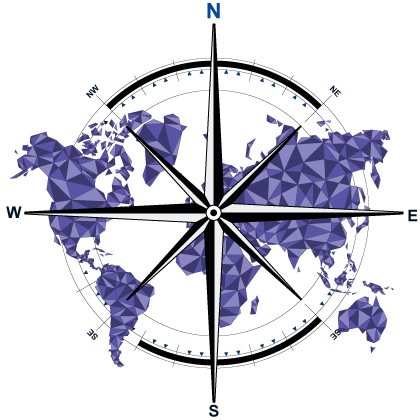










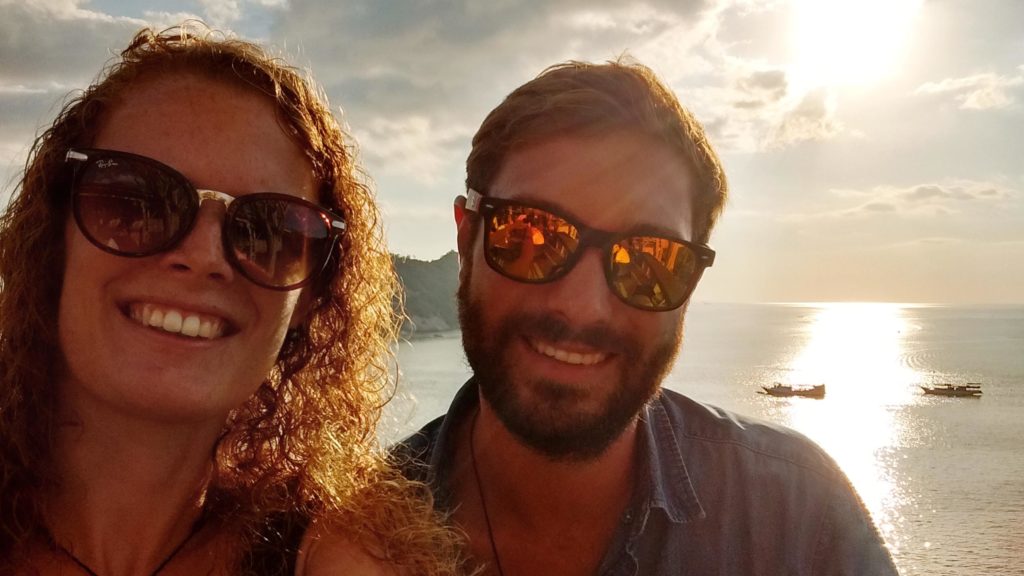
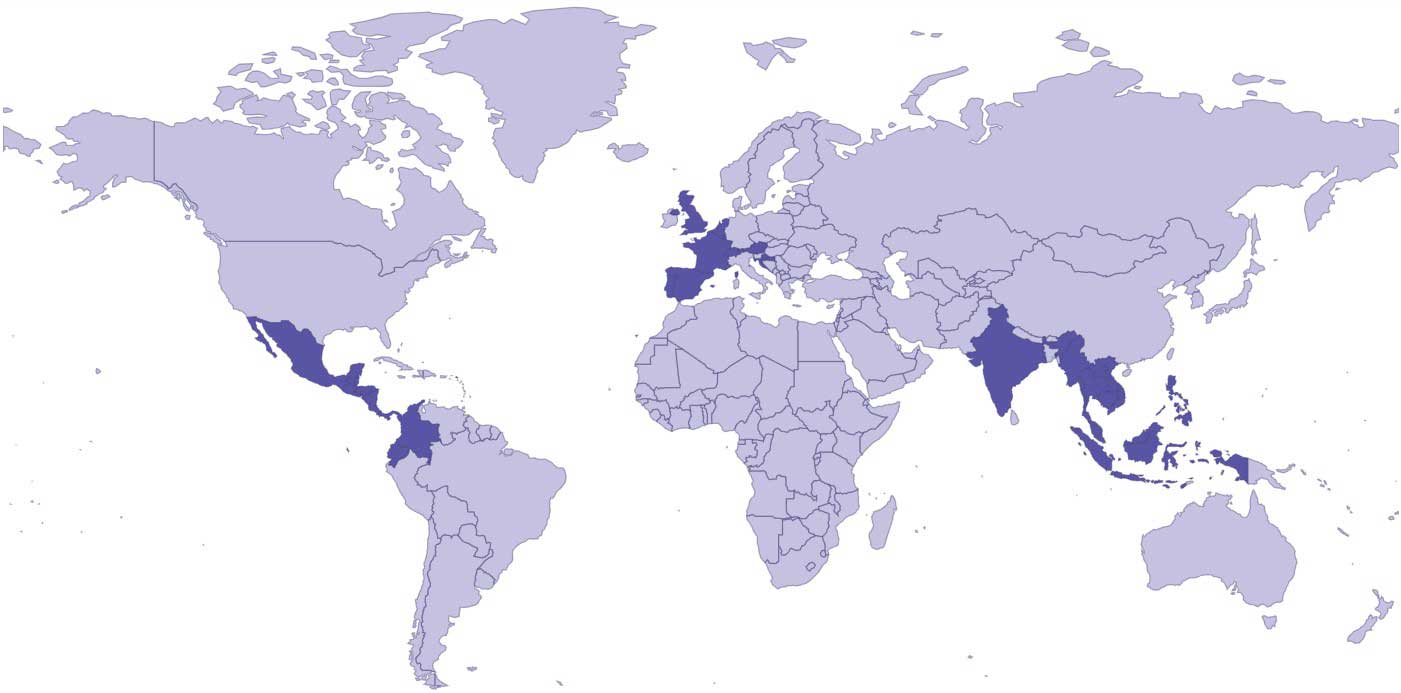
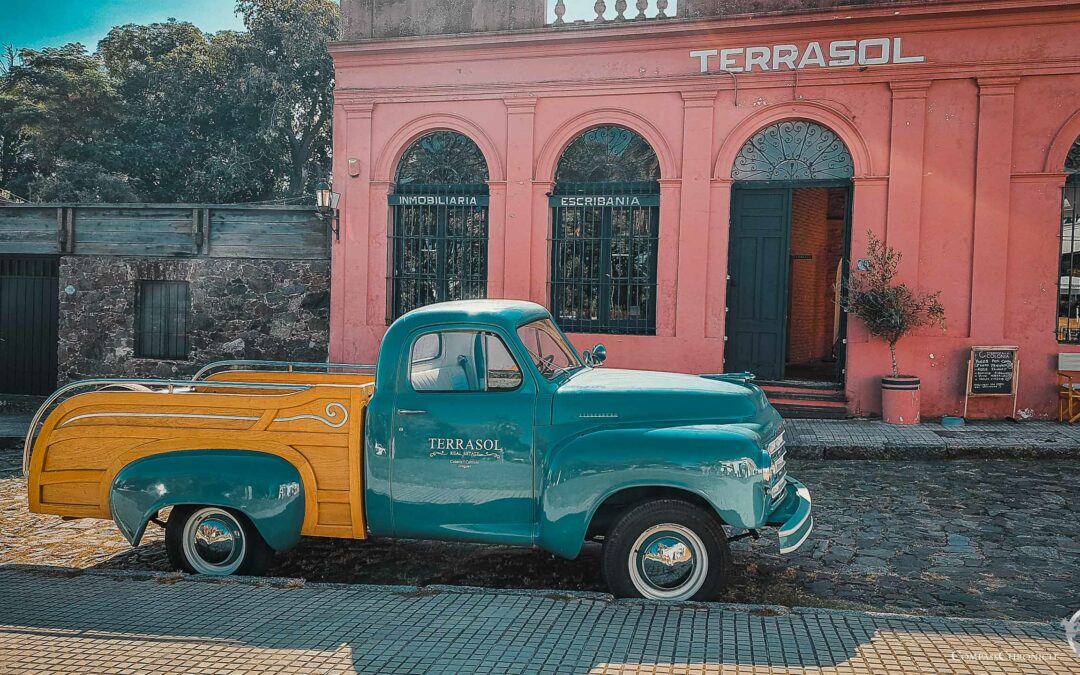


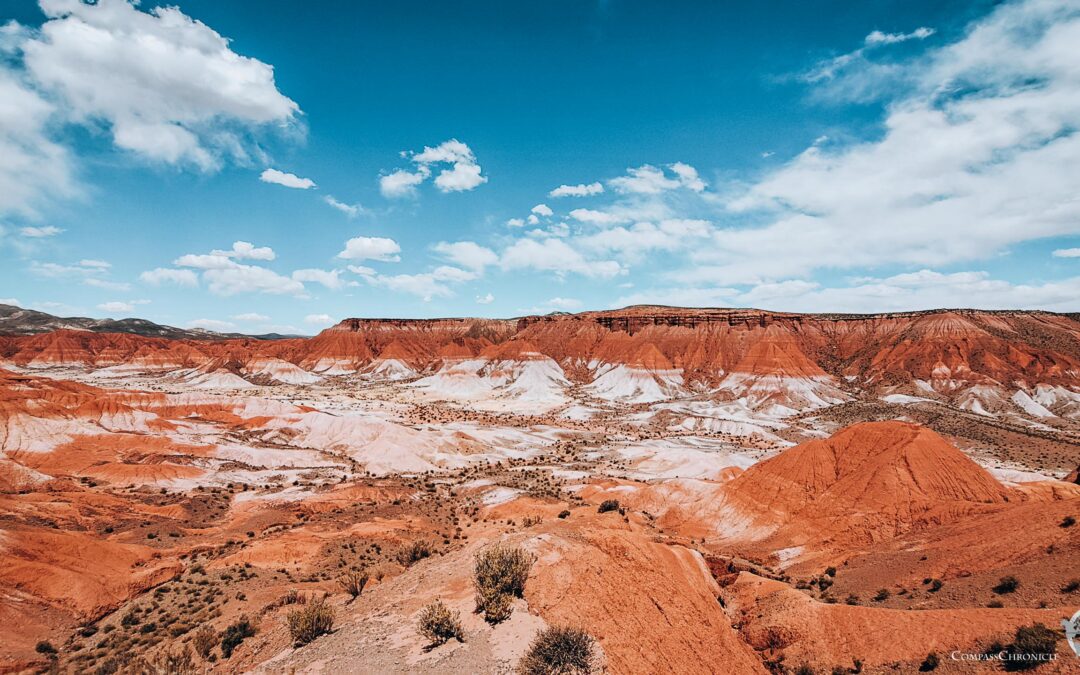
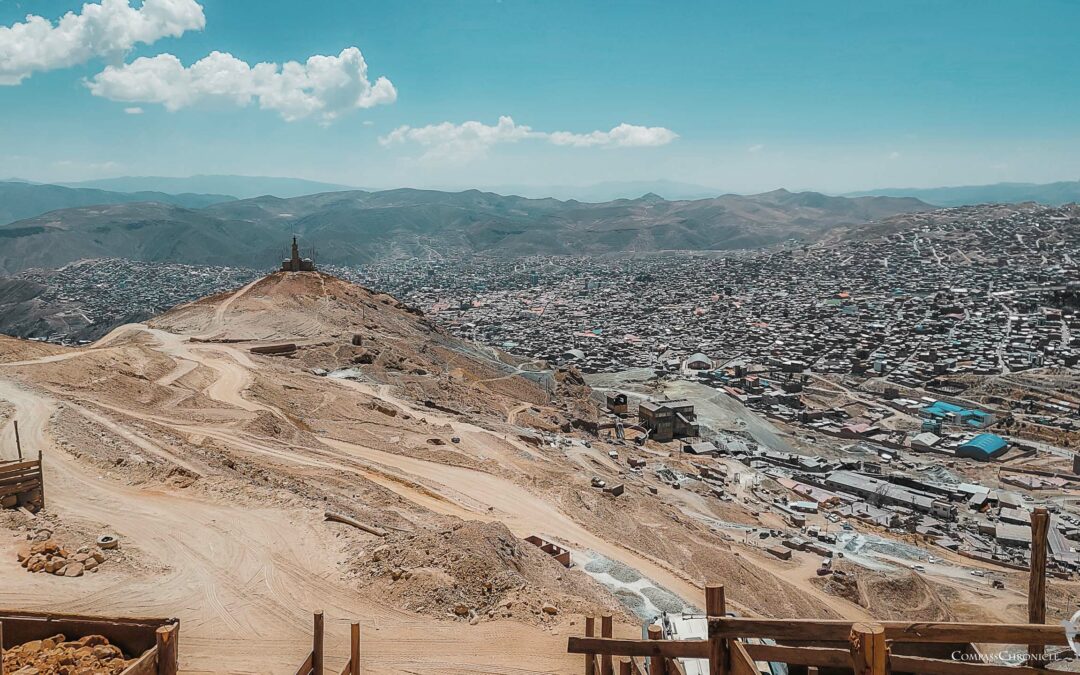
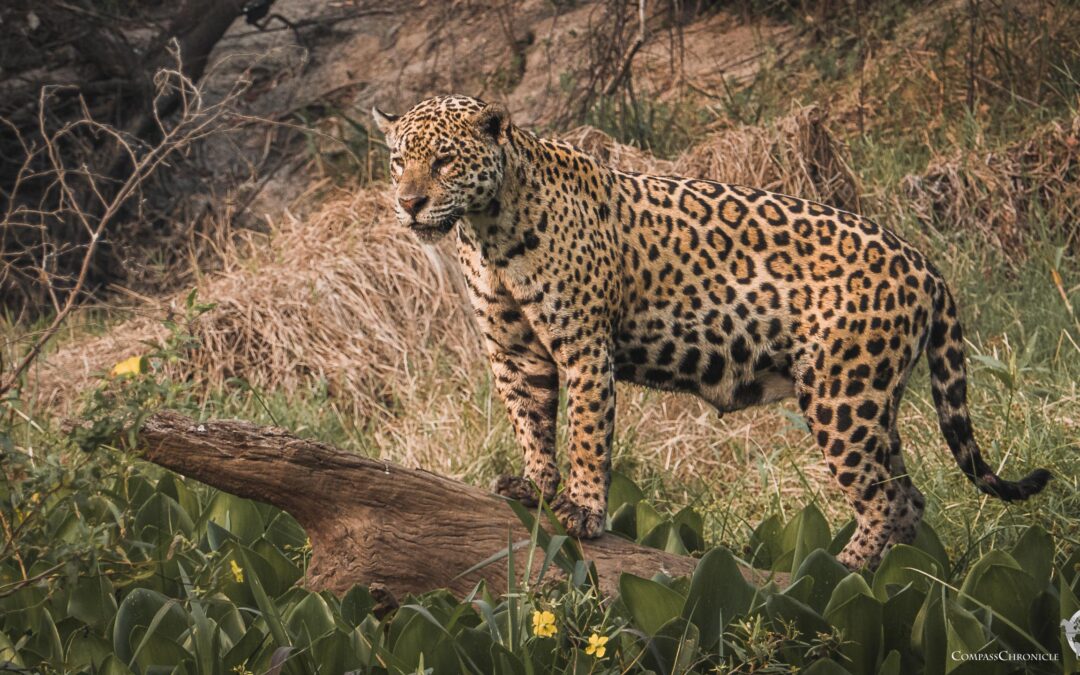
0 Comments